By Ethan Smith, Sports Editor
sports.inkwell1@gmail.com

The University of Texas. A large scale university with great pride and tradition. The University of Texas-El Paso, a small school within the guidelines of the University of Texas. Sound familiar?
There is no need to bring up when the consolidation occurred, because most of us probably know it by heart at this point. With that came simple changes as well as more wide scale changes that would change the course of Armstrong forever. One of those changes was completely gutting our sports program, which in hindsight makes absolutely no sense, and here’s why.
Armstrong State had renowned tennis teams throughout the years, with the men finishing 7th overall in the nation in their final season while the women finished 5th overall in their final season, albeit in Division II. Oh wait? Division II?
To explain “divisions” of collegiate sports, it works as follows. Each division has requirements. D1 requires 14 sports, 7-7(men to women ratio) or 8-6. D1 also requires a guaranteed audience of a specific size for football and basketball specifically. D2 sports requires 10 sports, 5-5(men to women ratio) or 4-6. The major difference between these division is the amount of financial resources that can devoted to athletic programs.
With Georgia Southern having a renowned athletic program, they made the leap to D1 sports and joined the Sun Belt Conference in 2014. This opened the door for more competitive play but more importantly, broadcasting contracts which meant more revenue for their athletic programs. So this poses the question, “With GSU being a D1 sports college, why couldn’t GSU-Armstrong kept it’s athletics as a D2 sports college?”
Answers to that question vary on who you’d ask. When the consolidation first occurred, the consensus was that there were not enough Armstrong-student athletes to support a full season this past fall of 2017. This immediately opened the door for “open transfers”, meaning Armstrong athletes could transfer to colleges that would accept them for their athletic talent. Some athletes made the leap to Statesboro, like Senior Chandler Corley, who now plays baseball for the Eagles. But it poses another question, “Was the consensus that sports could not be supported in the Fall of 2017 true?”
The answer to that question is no. In 2016-2017, Armstrong State pulled $2,534,631 in revenue from athletics, which was 92% of the schools revenue. The average revenue through that same athletics year for all D2 colleges was 96-97.5%, so Armstrong was pulling in about 4% less money through athletics. Armstrong’s expenses for that same year was $3,600,000, leaving an $850,000 deficit. All D2 schools averaged 2-3.5 million in expenses, so Armstrong paid roughly $700,000 more than most D2 schools. This meant Armstrong was spending more money on athletics, mainly due to the success of play from our teams.
Based on 2016-2017 rosters from Armstrong Athletics, this would have been the amount of students by sport that would have returned to play if they chose to do so(returning players indicated as (#): Baseball(17), Men’s Basketball(11), Women’s Basketball(8), Men’s Cross Country(6), Women’s Cross Country(5), Men’s Golf(9), Women’s Golf(7), Men’s Tennis(5), Women’s Tennis(5), Softball(11) and Volleyball(15), bringing the total number of projected returning athletes to 117. Baseball and softball have 9 starters, basketball has 5 starters, cross country has a requirement of 5 runners, golf has a requirement of 5 golfers, tennis requires 5 players, and volleyball has 6 starters. Each amount of returning student athletes supported the requirement for amount of players to play each sport. This also does not consist of incoming freshman who would’ve tried out or walk ons or even transfer athletes.
The general consensus here, due to the accuracy of these statistics above indicates that with the budget put in place from 2016-2017 and the amount of student athletes returning means that GSU-Armstrong could have kept its D2 athletic program while GSU would have played in D1 athletics as they do now. The other implication here is that schools such as Texas, who go by the Longhorns do not use the same name as the smaller schools that reside under their guidelines, such as Texas-El Paso, or the UTEP Miners as many know them as. Does this mean that the GSU-Armstrong Pirates could have been a logical idea? Could Armstrong have kept its athletic programs and it’s name? It may be too late to revive our athletic program, but it is worth a shot right?

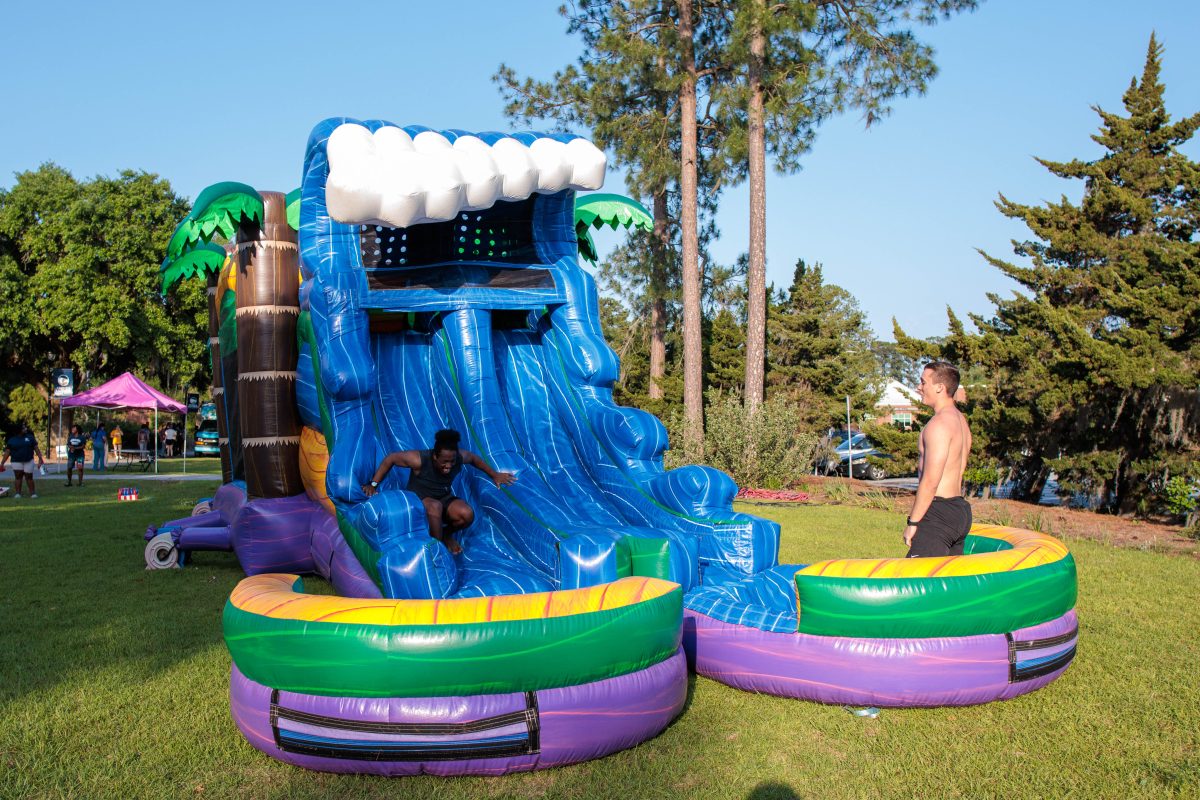

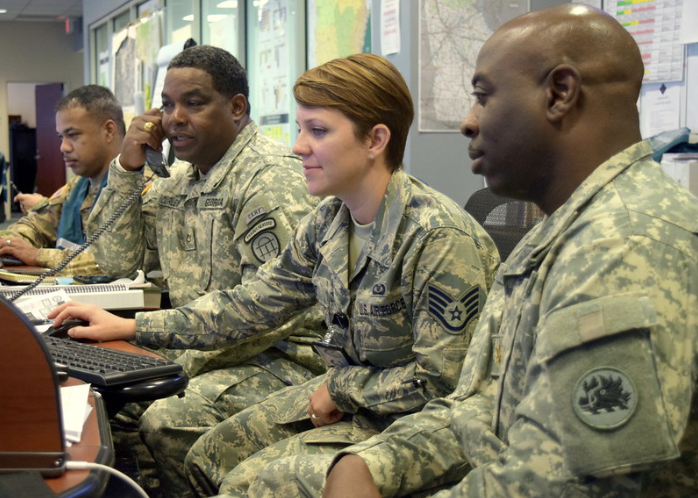


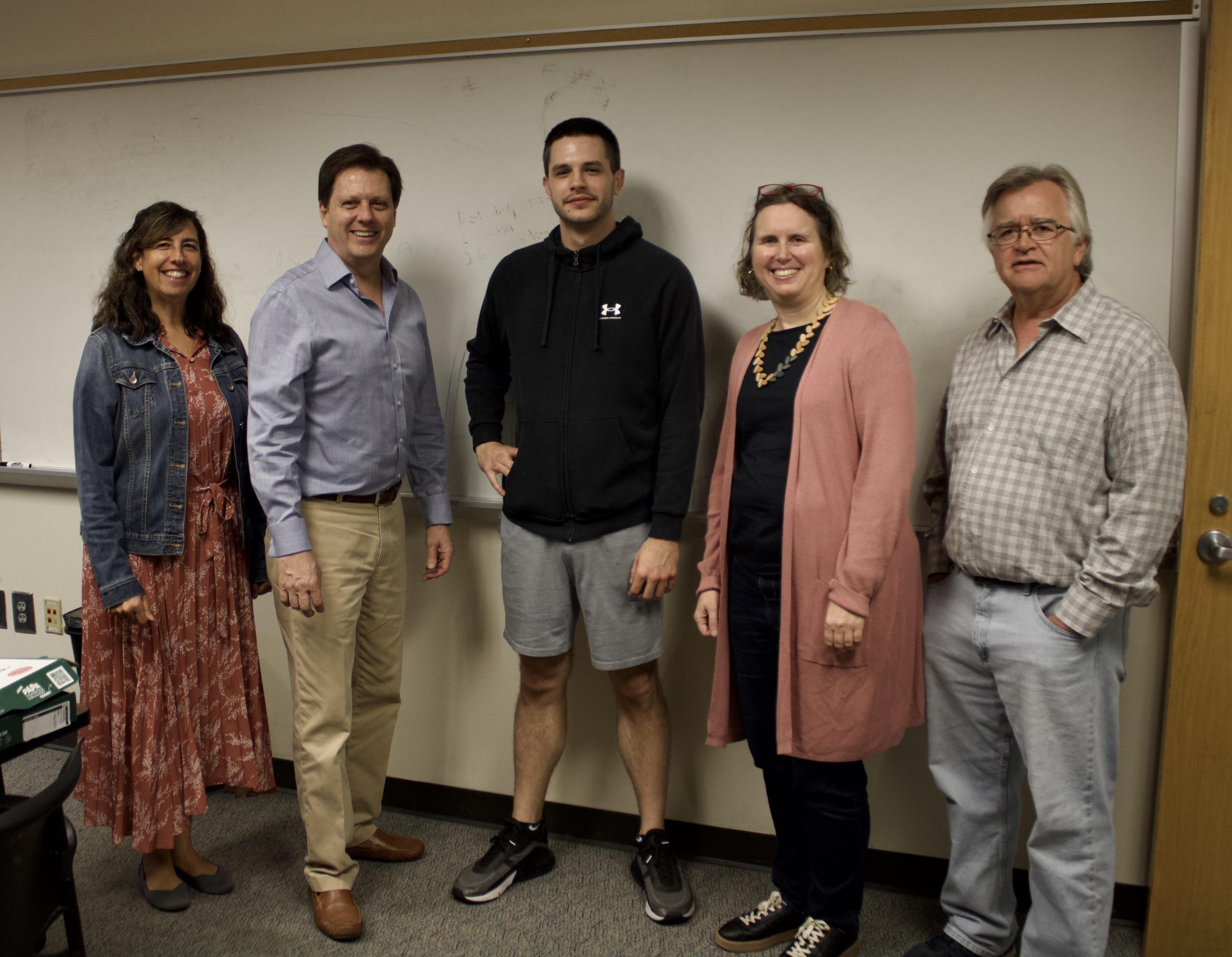
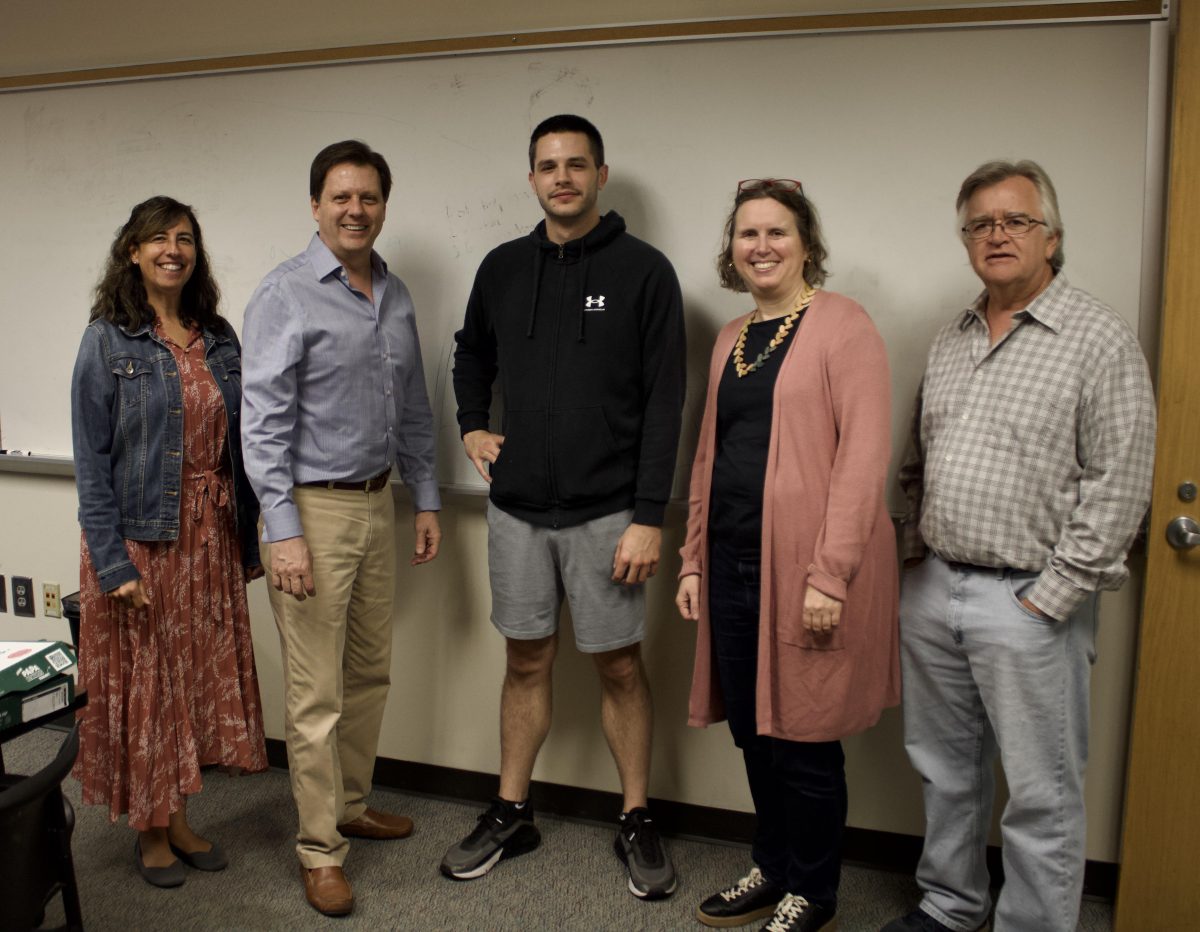
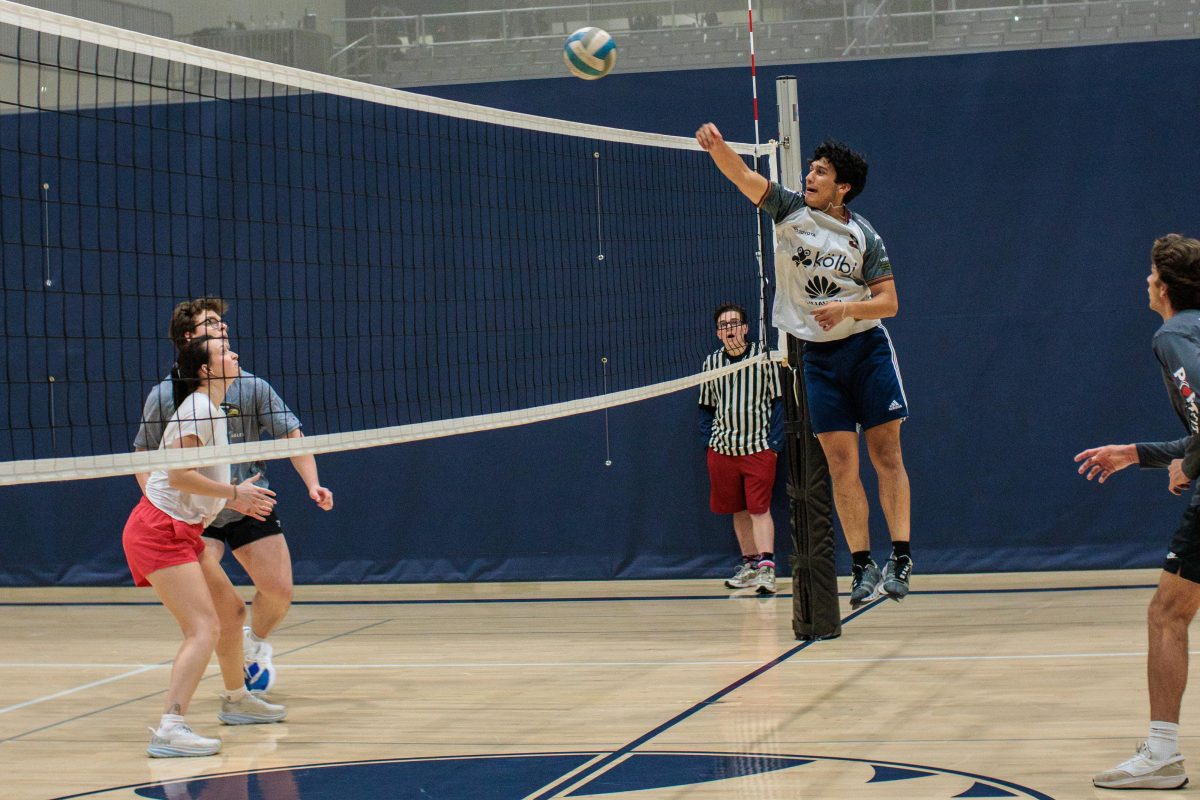

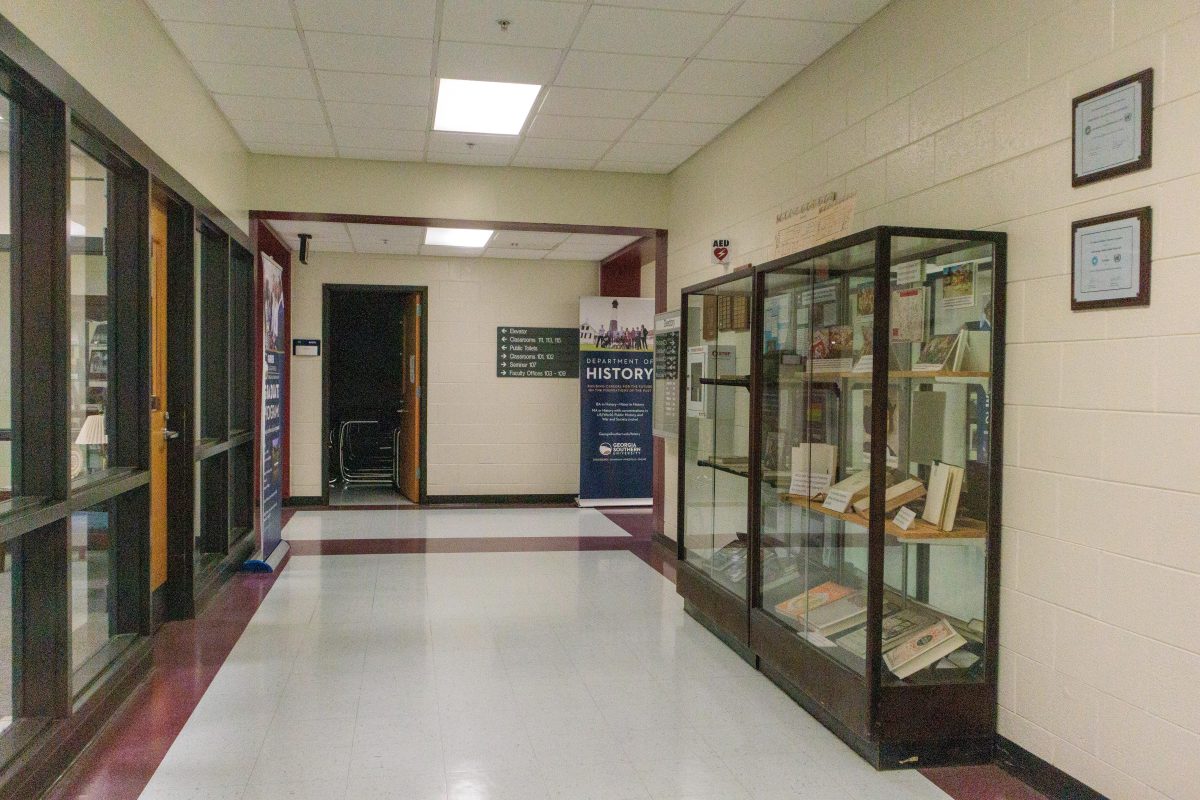
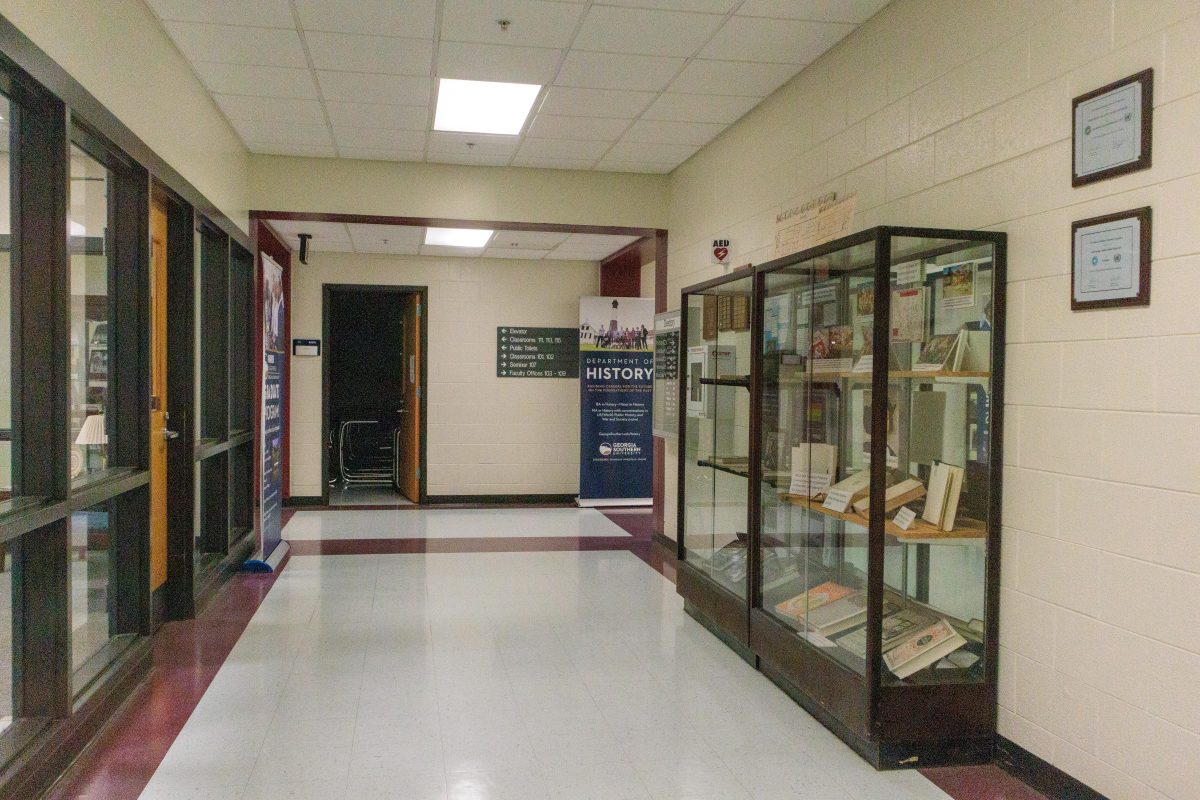




Anonymous • Feb 27, 2018 at 1:54 pm
Though this may sound true, The University of Texas is part of the University of Texas System. Similar to USG. With GSU and ASU the schools combined and became one. Whereas, UTEP and Texas El Paso are separate from University of Texas. Most other state university systems have a flagship school like University of Texas and then smaller schools. But, USG didn’t name the schools like that as USG was created after the flagship schools. If they named the schools like University of Georgia at Statesboro and University of Georgia at Armstrong then the colleges would be able to have sports at different locations as they would be separate institutions. Theoretically, GSU and ASU became GSU 2.0. The university is now one where UTEP and Texas El Paso are not. Sadly, Armstrong couldn’t keep the sports as the school could only be part of one division.